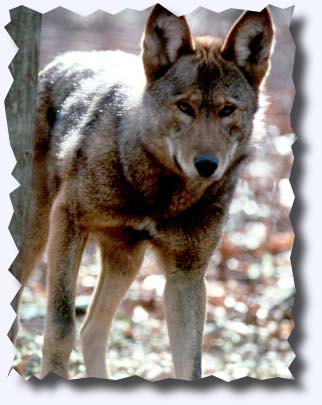|
 Only two centuries ago, thousands of wolves roamed freely throughout the world. As time passed, the
encroachment of human civilization eroded the wolf's natural habitat. Myth, greed,
fear and ignorance
also led to massive, systematic slaughter of wolves.
Only two centuries ago, thousands of wolves roamed freely throughout the world. As time passed, the
encroachment of human civilization eroded the wolf's natural habitat. Myth, greed,
fear and ignorance
also led to massive, systematic slaughter of wolves.
|







